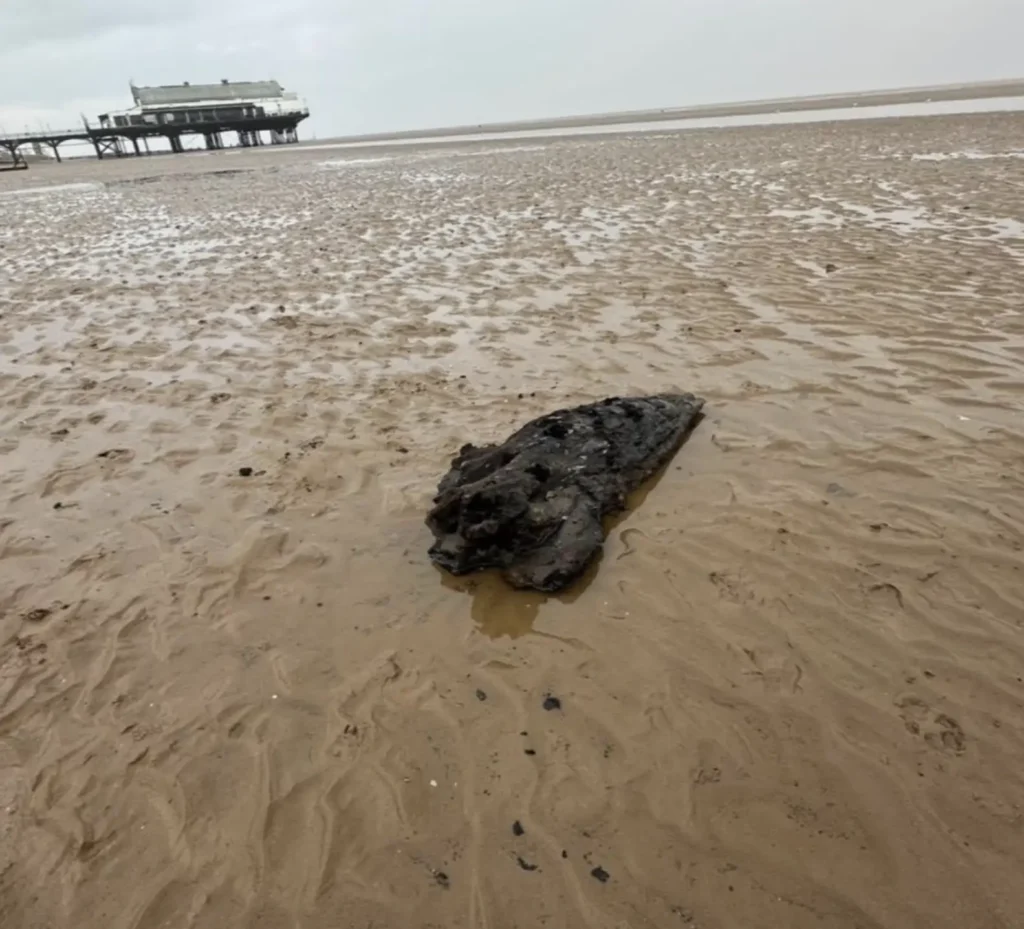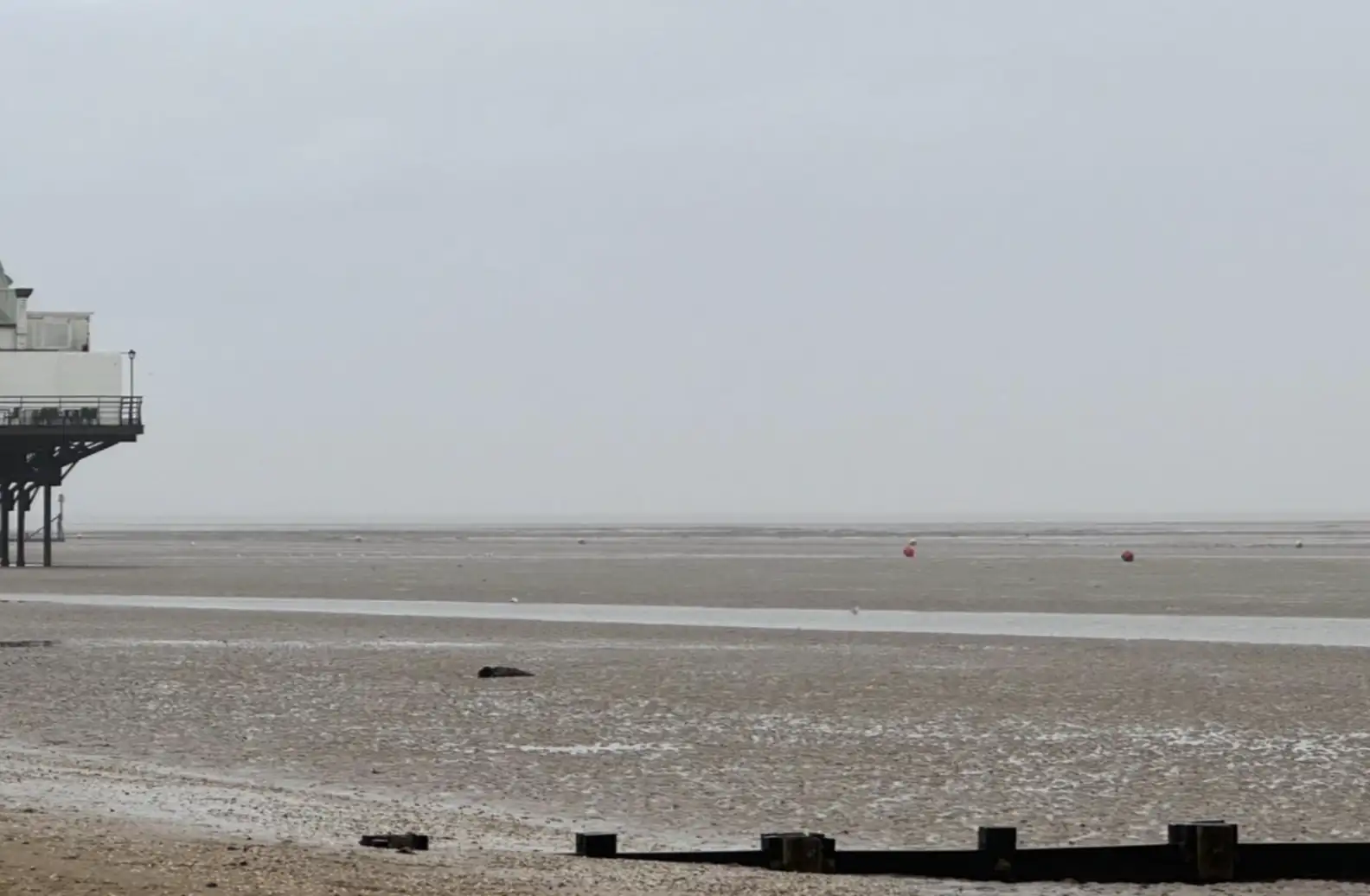“It was a good laugh between the responding team.”
Last year, a concerned beachgoer in Cleethorpes, England, raised the alarm after spotting what they believed was a stranded seal on the sand. Wanting to ensure the animal’s safety, they contacted Cleethorpes Wildlife Rescue for help.
The Discovery

Rescuers responded promptly, but as they approached, the truth became clear: the “seal” was nothing more than a piece of driftwood shaped like the marine mammal. While the incident ended in laughter, it also provided an opportunity to educate the public about seals and their natural behaviors.
Seals and Beaches
Seals are often seen resting on beaches between tides. This behavior is entirely normal and does not typically indicate distress.
“Seals on the beach are not ‘stranded,’” explained a representative from Cleethorpes Wildlife Rescue. “The term suggests they’re stuck and unable to help themselves, but they use the beach to rest—it’s completely normal.”
Marine animal strandings, the rescue noted, are more commonly associated with porpoises, whales, and dolphins, which do not use beaches for resting.
Protecting Wildlife
Cleethorpes Beach is located near Donna Nook, a well-known nature reserve where thousands of grey seals give birth each year. To protect seals and other wildlife, the public is advised to follow these guidelines:
- Keep a safe distance and stay quiet.
- Keep dogs on a leash.
- Avoid encouraging seals to return to the water.
- If concerned, contact a rescue organization.
A Lesson for the Future
While this incident involved no real animal, it serves as a reminder to respect and observe wildlife responsibly. Knowing how to distinguish between a resting seal and a stranded marine animal can make all the difference in ensuring their safety.
